The Nightly News Nightmare
The Nightly News Nightmare
Media Coverage of U.S. Presidential Elections, 19882008
Third Edition
Stephen J. Farnsworth and S. Robert Lichter
ROWMAN & LITTLEFIELD PUBLISHERS, INC.
Lanham Boulder New York Toronto Plymouth, UK
Published by Rowman & Littlefield Publishers, Inc.
A wholly owned subsidiary of The Rowman & Littlefield Publishing Group, Inc.
4501 Forbes Boulevard, Suite 200, Lanham, Maryland 20706
http://www.rowmanlittlefield.com
Estover Road, Plymouth PL6 7PY, United Kingdom
Copyright 2011 by Stephen J. Farnsworth and S. Robert Lichter
All rights reserved . No part of this book may be reproduced in any form or by any electronic or mechanical means, including information storage and retrieval systems, without written permission from the publisher, except by a reviewer who may quote passages in a review.
British Library Cataloguing in Publication Information Available
Library of Congress Cataloging-in-Publication Data
Farnsworth, Stephen J., 1961
The nightly news nightmare : media coverage of the U.S. presidential elections / Stephen J. Farnsworth and S. Robert Lichter. 3rd ed.
p. cm.
Includes bibliographical references and index.
ISBN 978-1-4422-0067-8 (cloth : alk. paper) ISBN 978-1-4422-0068-5 (pbk. : alk. paper) ISBN 978-1-4422-0069-2 (electronic)
1. Press and politicsUnited States. 2. Television broadcasting of newsUnited States. 3. Political campaignsUnited StatesPress coverageUnited States. 4. PresidentsUnited StatesElectionHistory20th century. I. Lichter, S. Robert. II. Title.
PN4888.P6F37 2011
070.449324973dc222010014853
 The paper used in this publication meets the minimum requirements of American National Standard for Information SciencesPermanence of Paper for Printed Library Materials, ANSI/NISO Z39.48-1992.
The paper used in this publication meets the minimum requirements of American National Standard for Information SciencesPermanence of Paper for Printed Library Materials, ANSI/NISO Z39.48-1992.
Printed in the United States of America
To the Project for Excellence in Journalism
Preface to the Third Edition
W hen we began work on the first edition of this book shortly after the 2000 elections, the media environment was dramatically different, and this was true nowhere more than in campaign news. The so-called Big Three broadcast networks (and particularly their flagship nightly newscasts) defined the daily news agenda for presidential candidates and voters alike, as they had for decades.
The memorable moments of the past half century of presidential elections were all linked to televised imagesthe youthful-looking John Kennedy besting a haggard Richard Nixon in the first televised presidential debate in 1960; the 1968 Democratic convention held in the shadow of violent demonstrations and a police riot in Chicago; the selling of the President in 1972, when Nixon brought Madison Avenue techniques to bear on his choreographed campaign; Jimmy Carters demonstration that a political unknown could generate a burst of media momentum by winning the previously overlooked Iowa caucuses in 1976; Ronald Reagan taking televised communication skills to a whole new level; George H. W. Bushs telegenic flag-factory visit and attack ads featuring the furloughed murderer Willy Horton in 1988; Ross Perots televised infomercials in 1992; the free airtime the networks granted to Bill Clinton and Bob Dole in 1996 in a gesture of noblesse oblige; the list could go on indefinitely.
But the traditional campaign news system dominated by network television had already started to crack in 1992, when Bill Clinton discovered that he could take his case to the syndicated talk shows, Perot announced his candidacy on CNNs Larry King Live , and Rush Limbaugh brought talk radio into the campaign discourse. And this was only a warm-up for the really profound changes that were just around the corner. In 2000 cable news first surpassed the broadcast networks as a source of election news. In 2002 Fox News Channel, with its groundbreaking blend of populism and conservative opinion, became the most-watched cable network. By 2004 not only talk shows but late-night television comedians had become popular sources of campaign information.
For the first time since the 1960s, however, the most lasting and far-reaching changes were taking place in a new medium of communication. During the 1990s email and the World Wide Web had begun to revolutionize the ways in which ordinary people obtained information and communicated with each other. But use of the Internet as a political tool was still in its infancy. At the turn of the new millennium, as George W. Bush and Al Gore fought out one of the most hotly contested elections in history, only five million Americans had broadband connections. By 2004 the number had risen to thirty-three million, and by 2008 to sixty-eight million. In less than a decade, the latest new media had gone mainstream.
But most politicians were slow to use these new tools. In retrospect the 2000 candidate websites look primitive and rudimentary, and they played little role in that years presidential campaign. It wasnt until the 2004 election cycle that Democratic primary candidate Howard Dean demonstrated the power of the Internet as a fundraising tool. In the 2004 general election online bloggers demonstrated their growing clout when they helped force CBS to retract a story claiming that George W. Bush had received preferential treatment in his National Guard duty during the Vietnam War.
Still, it was not until 2008 that Barack Obama became the first presidential candidate to succeed in integrating online with traditional campaign tools, especially in his use of social media. His success insured that no future GOP candidate will emulate John McCain in failing to appreciate the importance of Facebook, YouTube, and Twitter, not to mention any other online tool that shows promise in influencing voters in 2012.
For all the recent and coming changes in the media environment, however, television news has shown remarkable resilience in remaining the premier instrument of campaign communication. Over twenty million people still tune in to the three broadcast network evening news shows, several times the combined audience of their cable news counterparts at any point in prime time. And while growing numbers of citizens get their campaign news on the Internet each election cycle, thats not the same as getting their news from the Internet. In 2010 the Pew Research Centers Internet & American Life Project reported that the most popular online news destinations were portal sites like Google News and AOL (which mainly pass users along to traditional news media sites), followed by broadcast and cable news network sites. These options easily outdistanced blogs, social-networking sites, and news and commentary sites like the Drudge Report and the Huffington Post (Pew 2010). In addition, regular users of such sites know the considerable extent to which the commentary that appears online is derived from mainstream news content, much of it originally airing on television.
So its still far too early to write off television news or even those alleged dinosaurs, the network evening news shows, as key agenda setters and information sources in presidential campaigns. Theyre still very much in the game, although the days are long gone since they could claim to be the whole ball game. Nonetheless, any serious study of campaign news these days must venture far beyond the nightly news to encompass the multidimensional media landscape that surrounds todays voters.
For the third edition of this book, we were able to meet this challenge with the help of remarkable research carried out by the Project for Excellence in Journalism (PEJ), which is itself a project of the Pew Research Center in Washington, D.C. During key periods of the 2008 primary and general elections, PEJ conducted a content analysis of campaign news that encompassed every major segment of the contemporary news media, including broadcast and cable television, talk radio, national and local newspapers, and online news sites.


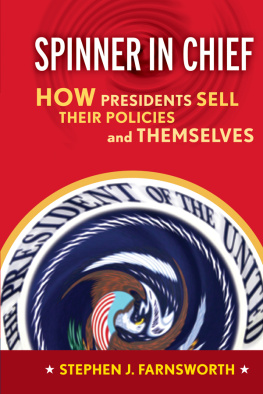
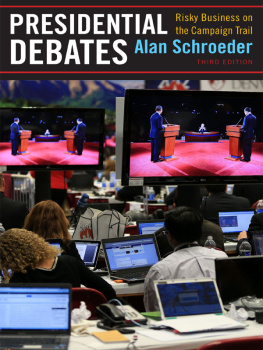
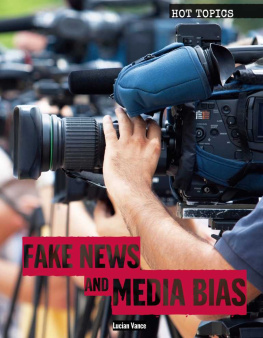
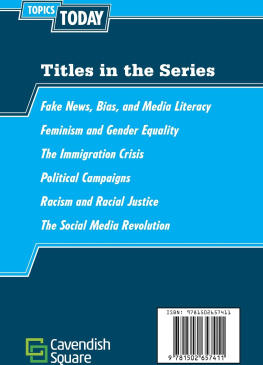
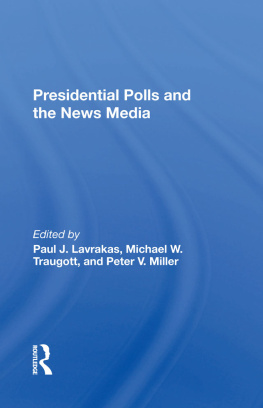
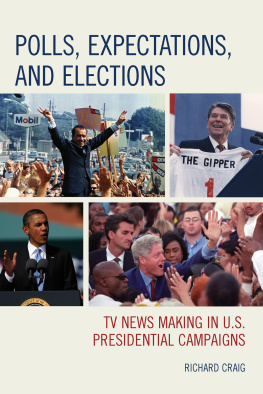
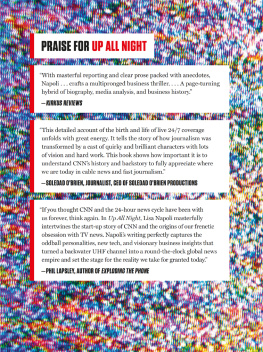
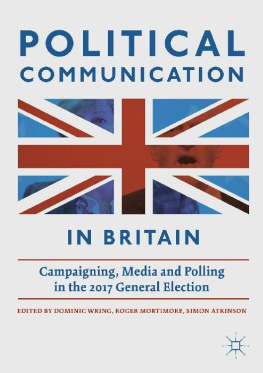

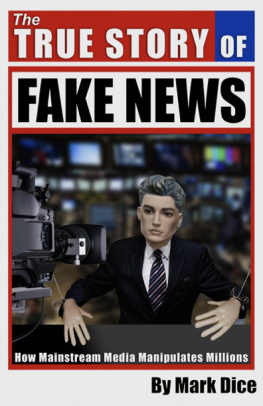
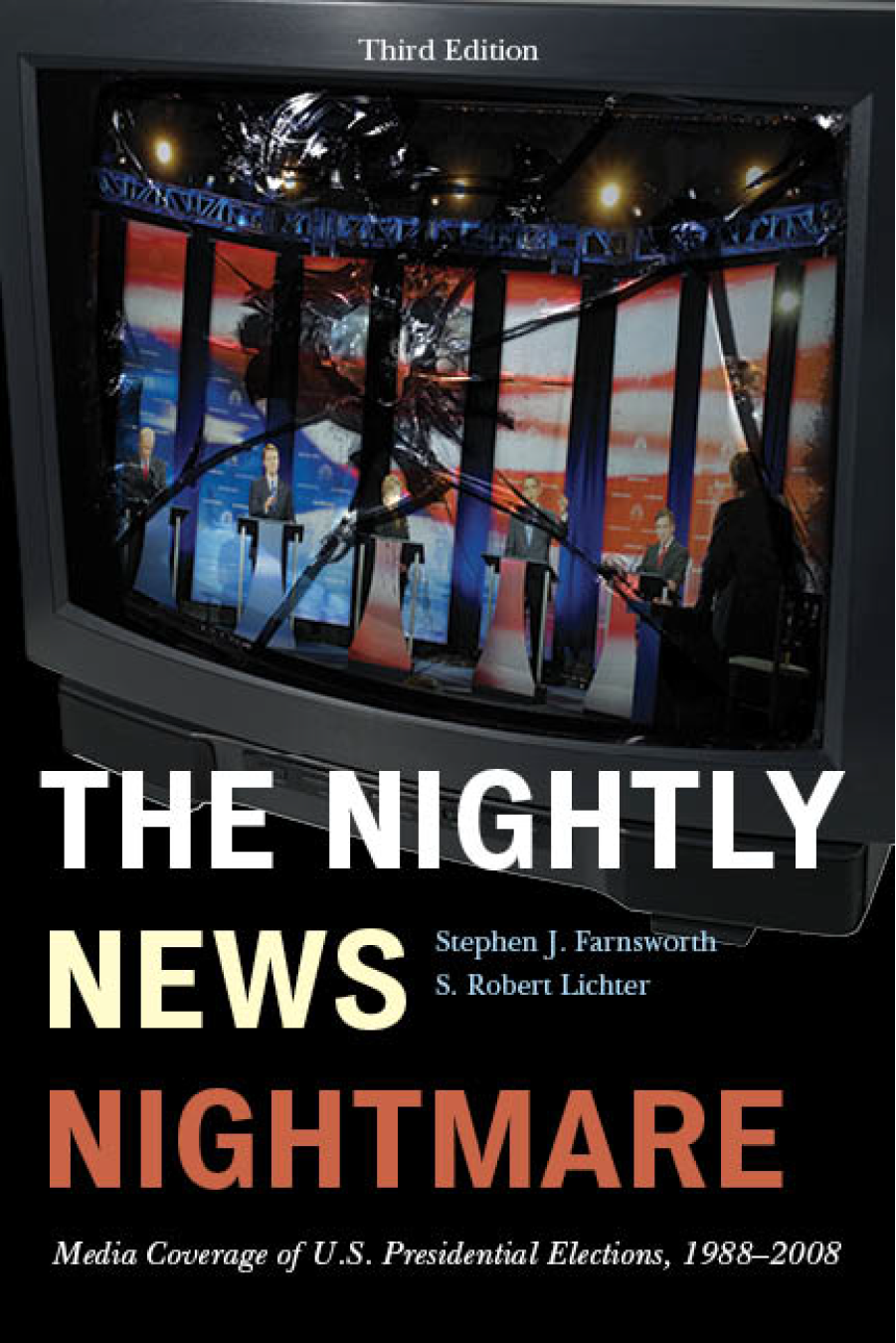
 The paper used in this publication meets the minimum requirements of American National Standard for Information SciencesPermanence of Paper for Printed Library Materials, ANSI/NISO Z39.48-1992.
The paper used in this publication meets the minimum requirements of American National Standard for Information SciencesPermanence of Paper for Printed Library Materials, ANSI/NISO Z39.48-1992.